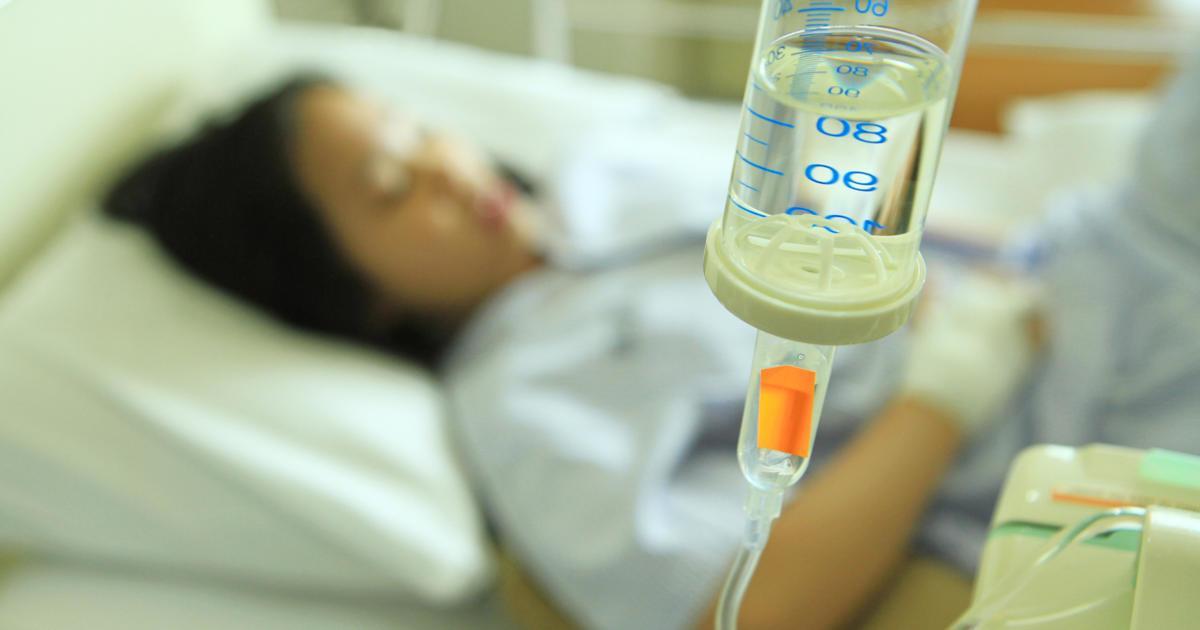Guide To The Prevention And Treatment Of Diabetic Hyperosmolar Syndrome
Replacement Of Potassium

Patients with this condition frequently experience a depletion in their levels of potassium, one of the key electrolytes in the body. Not enough potassium can cause weakness, and it places patients with diabetic hyperosmolar syndrome at an increased risk of developing serious heart rhythm abnormalities. While receiving intravenous insulin and fluids, patients will also receive an intravenous replacement of potassium. This will begin once doctors have established that the patient has a urine output. During the treatment, patients will have repeated blood tests to check their potassium levels, and the intravenous potassium will be stopped once doctors determine the patient's potassium levels have reached the normal range. Occasionally, patients receiving replacement potassium may also need to receive doses of intravenous sodium phosphate to ensure proper electrolyte balance. Since potassium levels can affect the heart, patients receiving potassium infusions will have their heart rate and rhythm monitored continuously with an electrocardiogram. In addition, doctors may periodically listen to the patient's heart with a stethoscope to check for any abnormal sounds, and patients should report any chest pain or dizziness to staff immediately.
Continue reading to learn more about how to prevent and treat diabetic hyperosmolar syndrome now.
Treatment For Underlying Conditions

Having an underlying condition is a strong risk factor associated with the development of diabetic hyperosmolar syndrome. Congestive heart failure and kidney failure are two of the most common underlying conditions patients with this syndrome may have. To promote a successful outcome, treatment for underlying conditions is normally provided at the same time as fluids and other treatments for diabetic hyperosmolar syndrome. Since patients may not be aware they have an underlying condition, they will be given a physical exam and blood tests at the hospital. Along with blood pressure screening and electrocardiogram monitoring, these checks can detect numerous underlying ailments. Occasionally, treatment for underlying conditions may require additional tests or procedures that need to be completed at a later date. In this case, hospital staff will focus on stabilizing the patient and getting their blood glucose back down to a normal range. Once the patient is stable and awake, additional investigations or medications for underlying conditions can be provided.
Get the detail on more options for preventing and treating diabetic hyperosmolar syndrome now.
